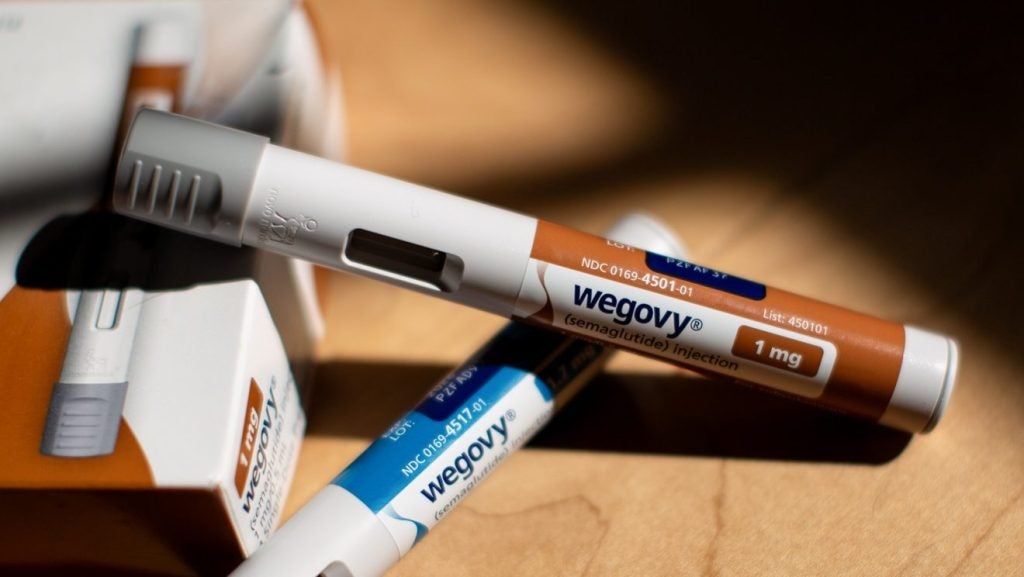The rising use of GLP-1 weight-loss drugs is a “structural disruption” to the food and drinks sector and “not a fad”, new GlobalData research suggests.
Citing research by US non-profit RAND, GlobalData, Just Drinks’ parent, says at least 5% of US adults are taking the medication and at least 12% have tried them at least once.
The data and insights group is forecasting usage could grow by around ten times by 2035.
“GLP-1 drugs are not a passing trend – they are redefining how, what, and how much people consume,” the researchers say.
“With millions of users already and rapid growth ahead, the ripple effect on food and beverage is too big to ignore. The winners will be those who anticipate the shifts now and capture the new value pools as the market reshapes.”
GlobalData argues most major beverage manufacturers are currently assessing GLP-1 “primarily as a threat, rather than a potential opportunity for growth and innovation”.
However, the company’s researchers point to the launch of protein drinks launched by Nestlé and Danone as examples of companies that are trying to target GLP-1 users.
Last year, Nestlé launched Boost Pre-meal, a liquid shot the Swiss giant said would “support people using GLP-1 receptor agonists or other weight-loss medications”.
In August this year, Danone rolled out a drinkable yogurt product under its Oikos brand aimed at users of the weight-loss drugs.
GlobalData forecasts sales of "GLP-1-targeted" food and drinks products in the US will reach at least $2.7bn in 2027.
Justin Shimek, the CEO of Mattson & Co., a US-based innovation and advisory agency for the F&B sector, believes the difference between the rising use of GLP-1 drugs and previous attempts to manage weight is the rapid uptake of the medication.
“The potential difference here is the rate at which things might move. There’s always been different eating patterns, different diets but nothing is this effective and being adopted this quickly,” Shimek told Just Drinks sister site Just Food earlier this month.
Shimek said Mattson was fielding a range of enquiries from its food-and-drinks clients.
“It’s actually a broader spectrum. “It’s not necessarily people taking a deep defensive posture. When you’re in the business of innovation, you’re always in the business of creating something new and recognising there’s always a change in consumer behaviour.”
He added: “The one opportunity that presents itself to everyone in the industry is thinking about portions – you don’t even have to reformulate a product at that point. Every company, every brand, every product, even if you’re designed to be indulgent, it’s thinking about what’s the right portion.
“You can start to build in some positives in terms of micronutrients, macronutrients. You can start to address some of the specific needs. It’s an opportunity for all to think about.”
















